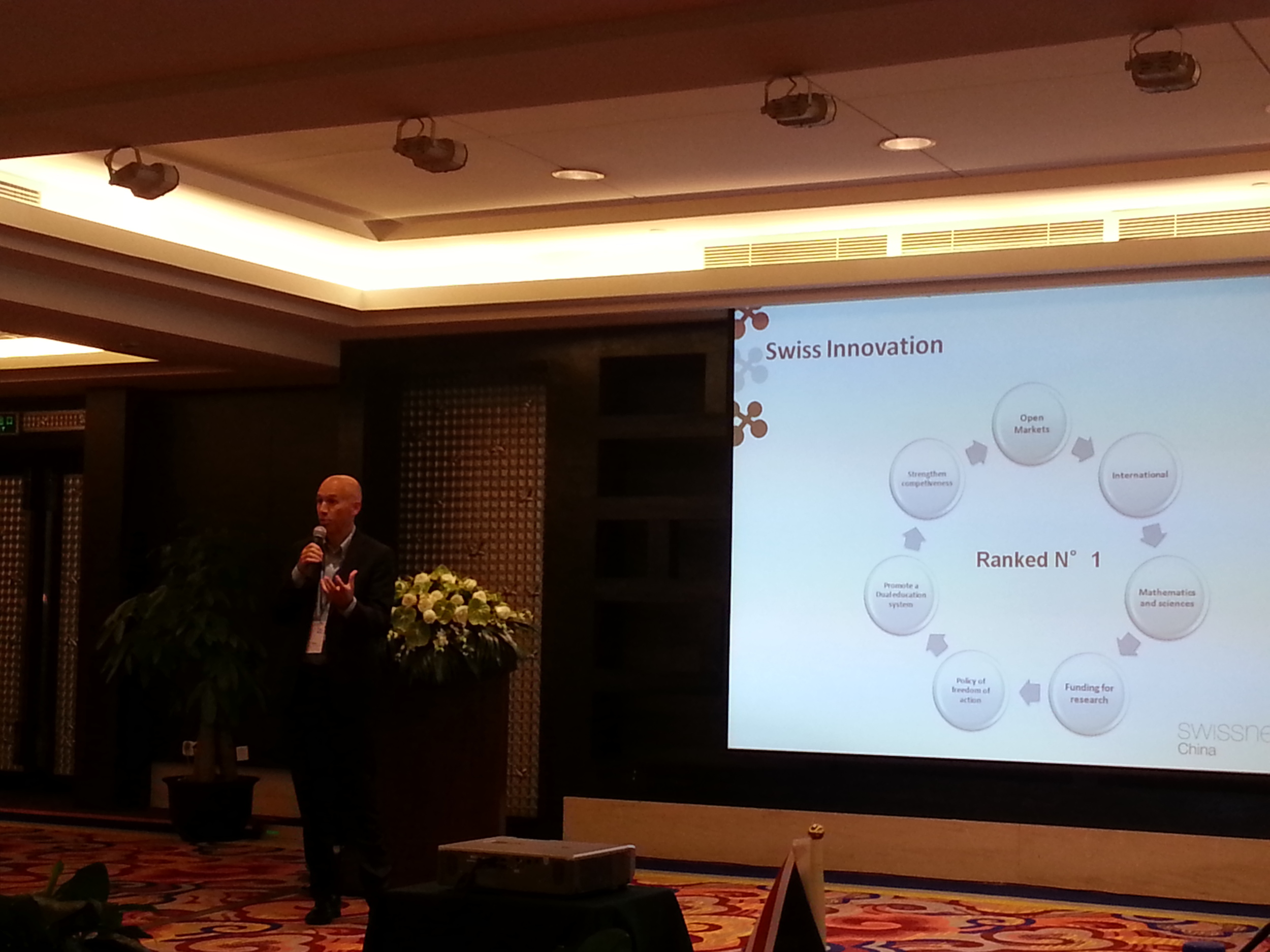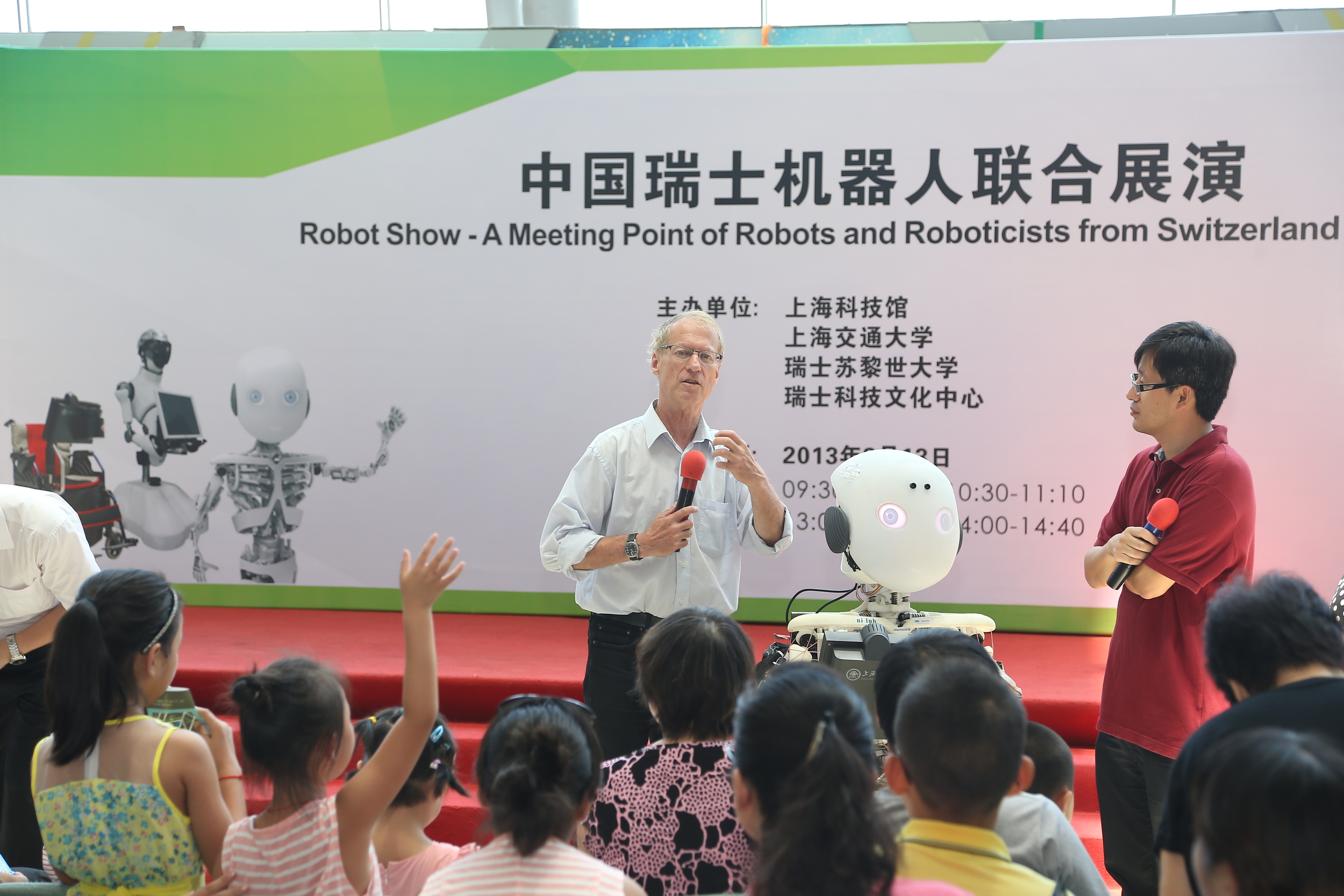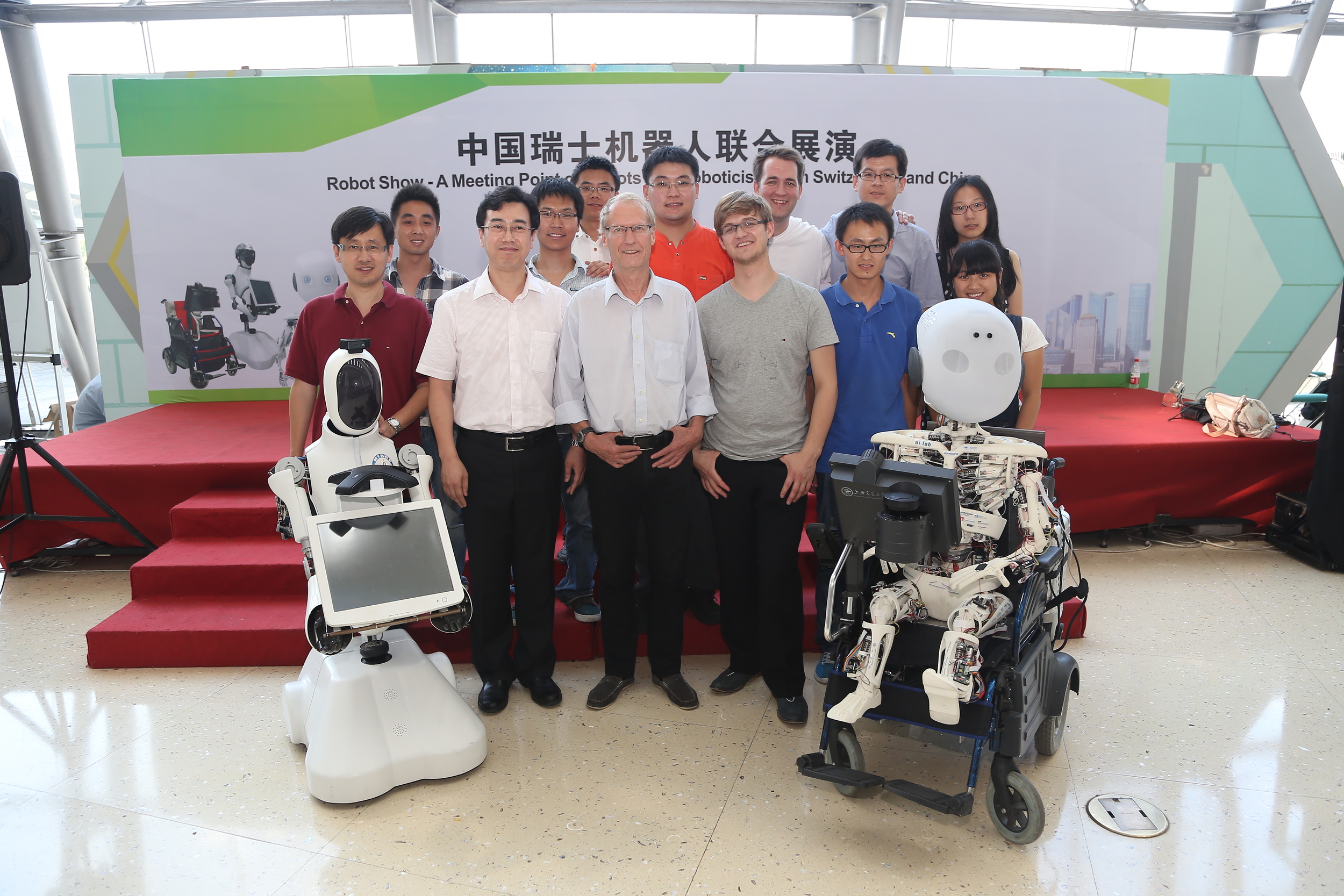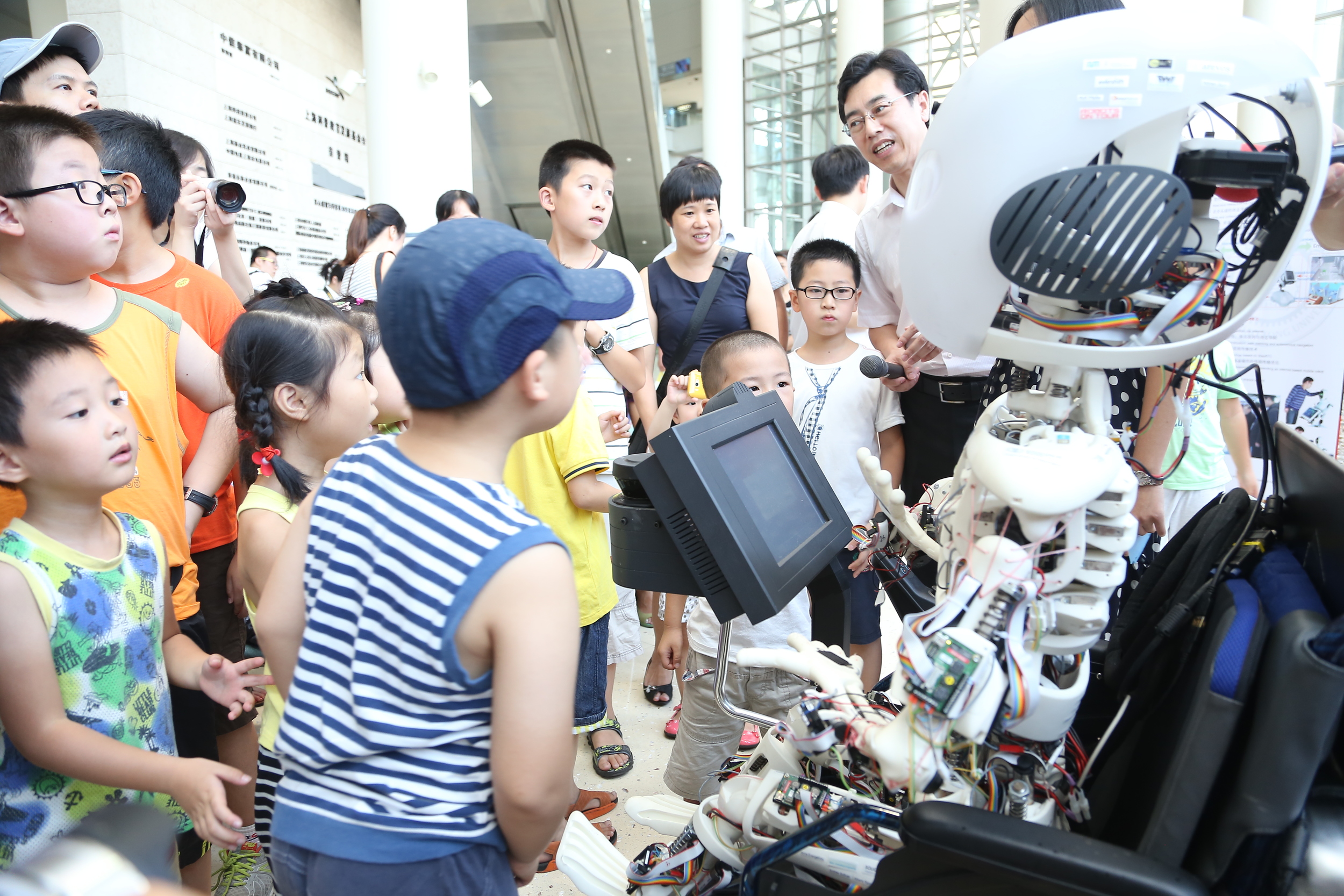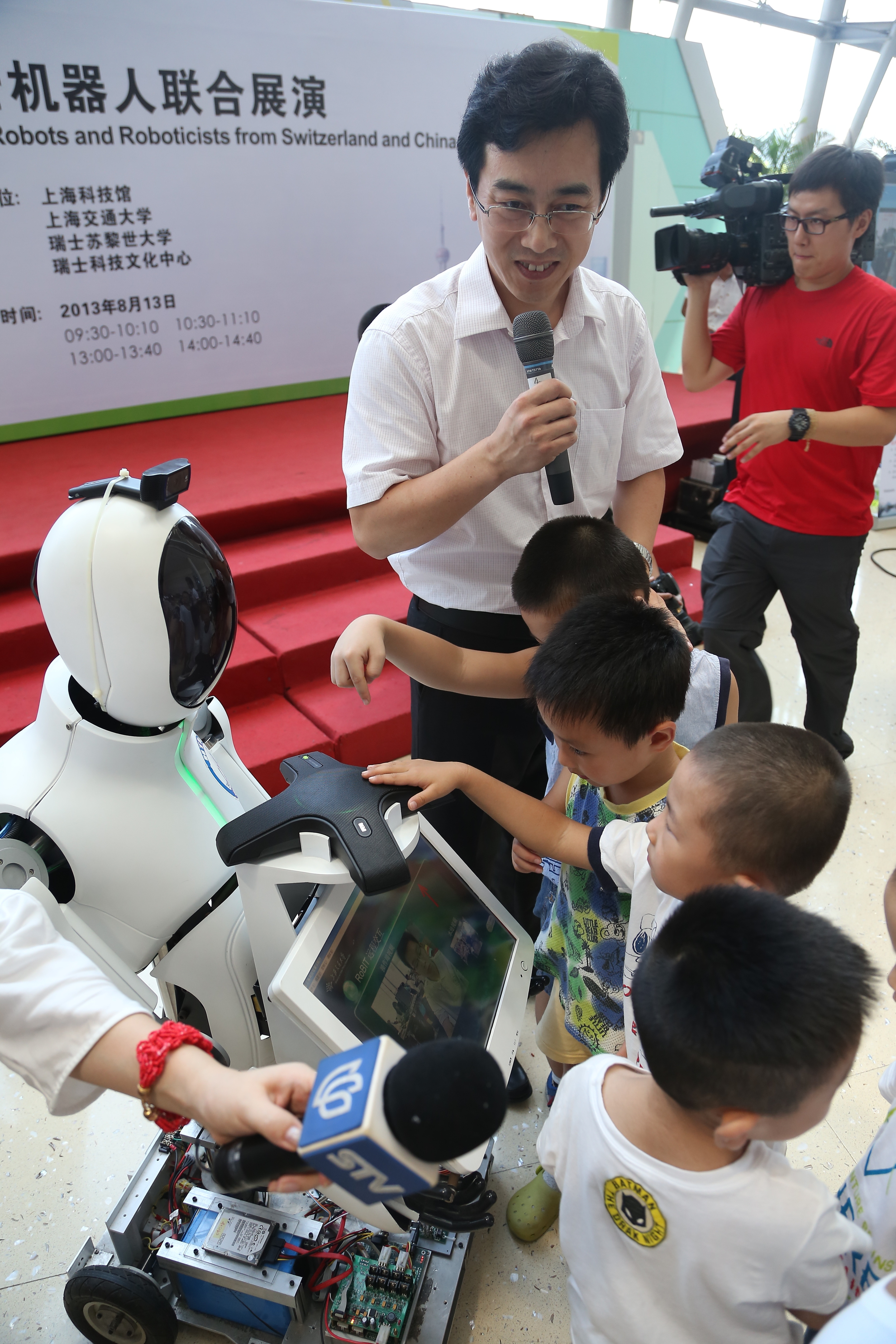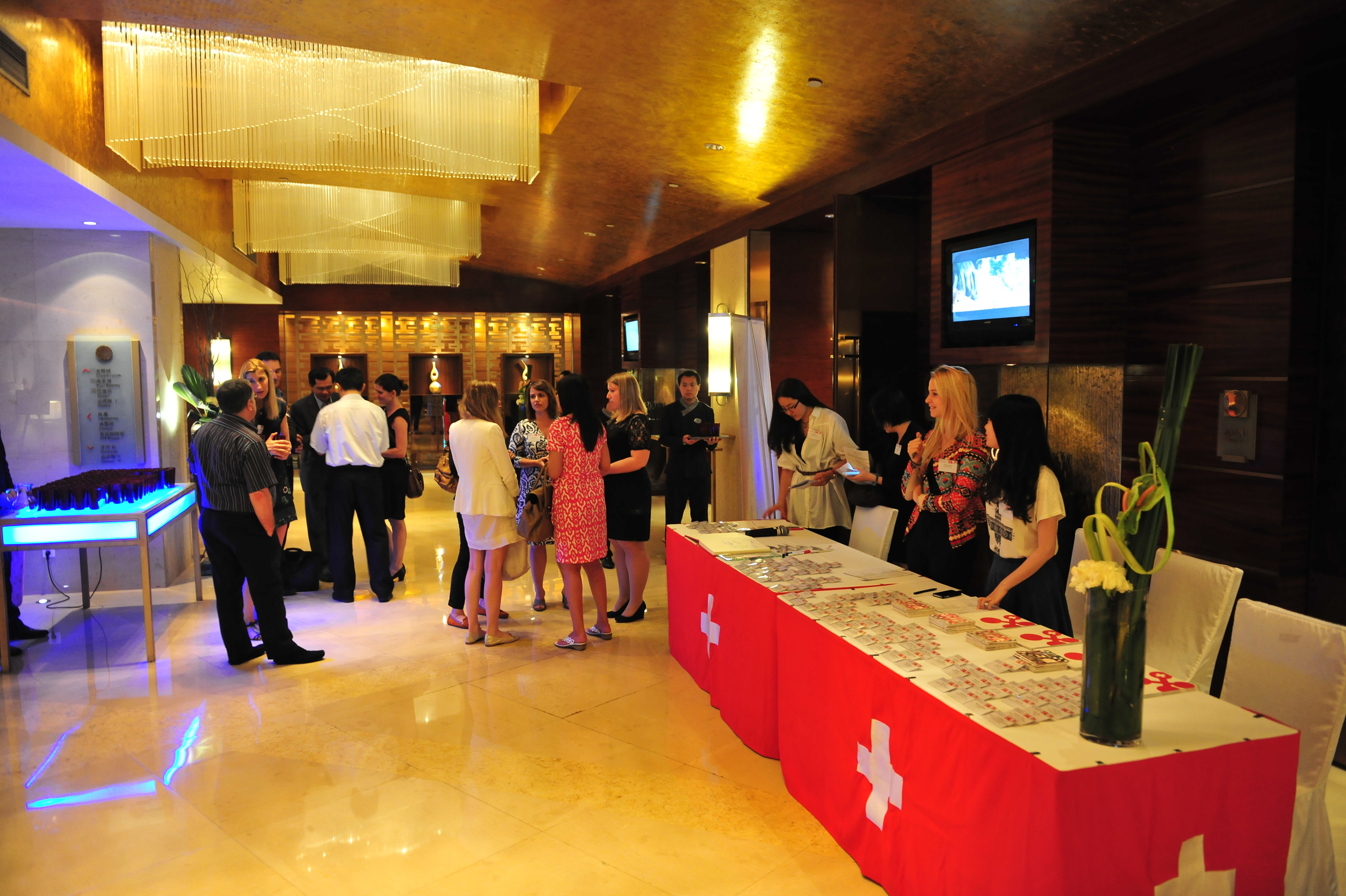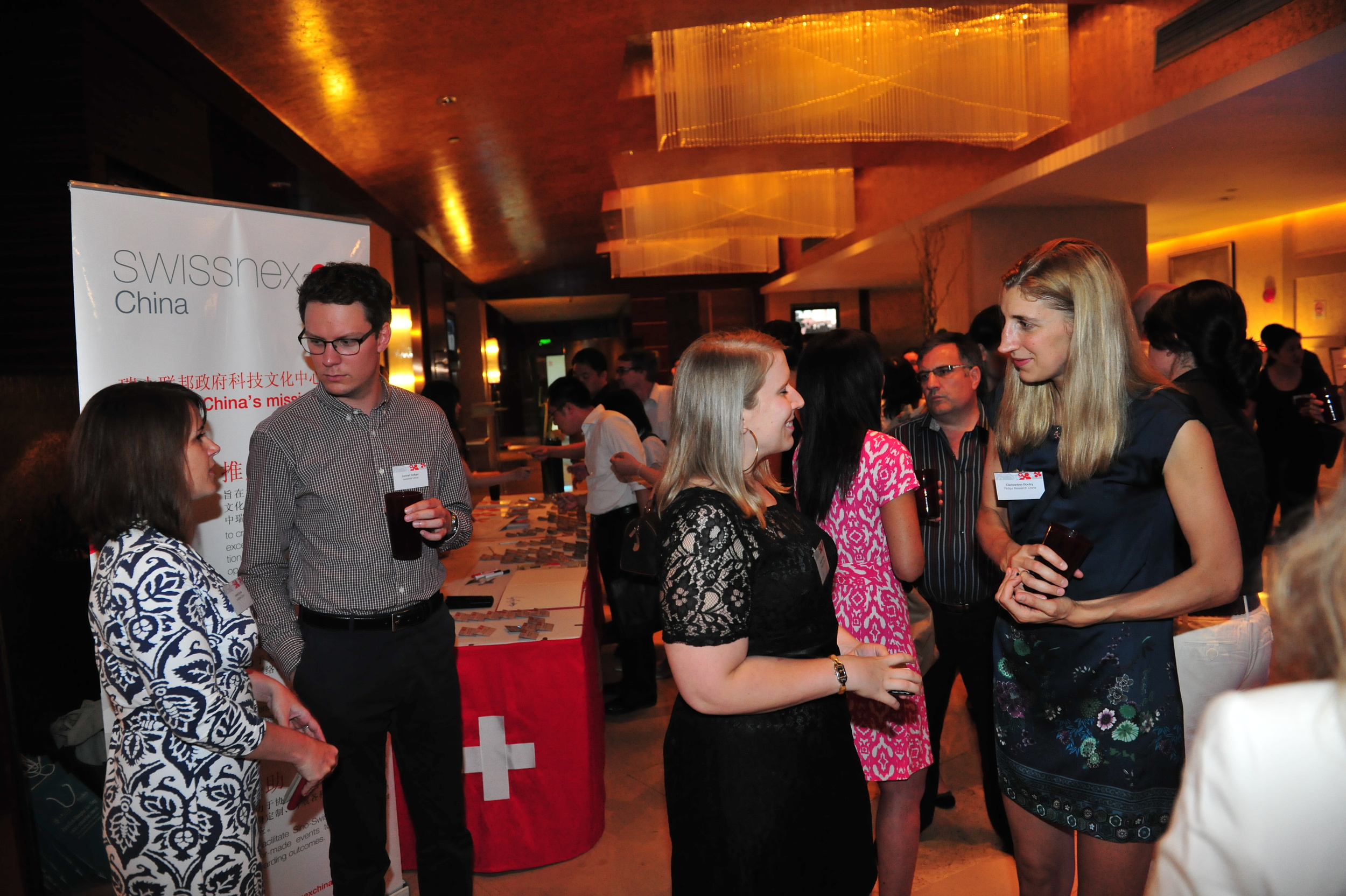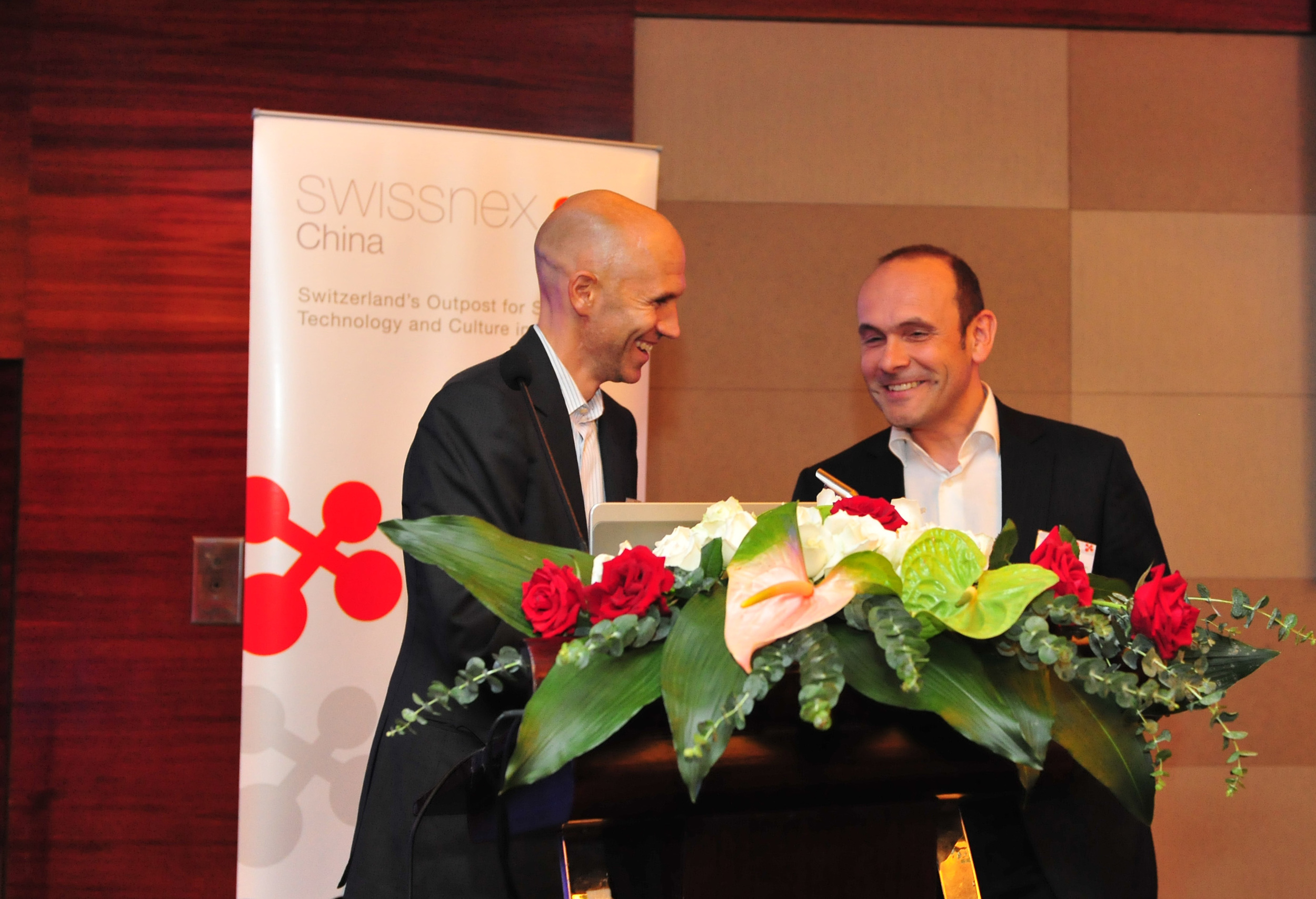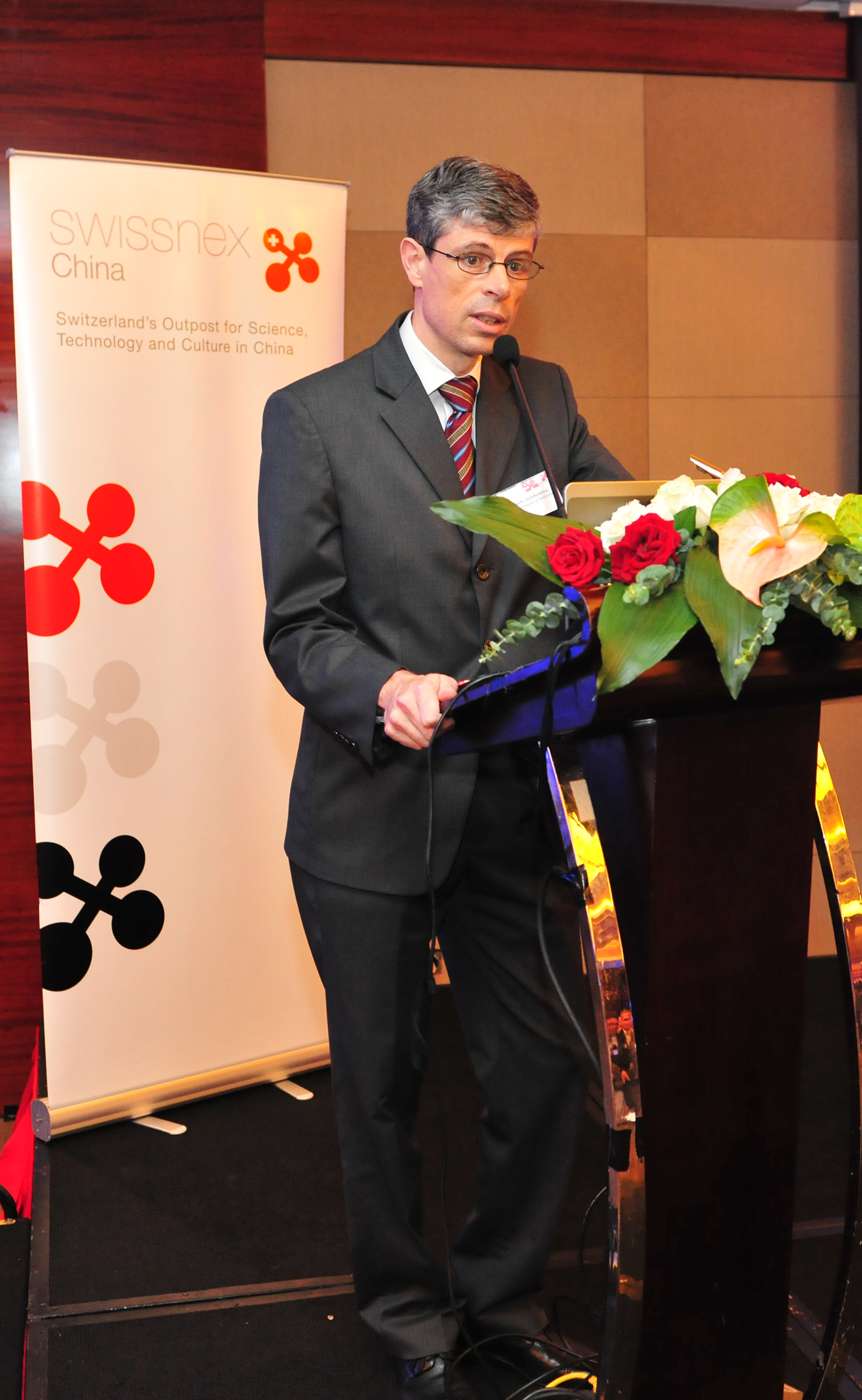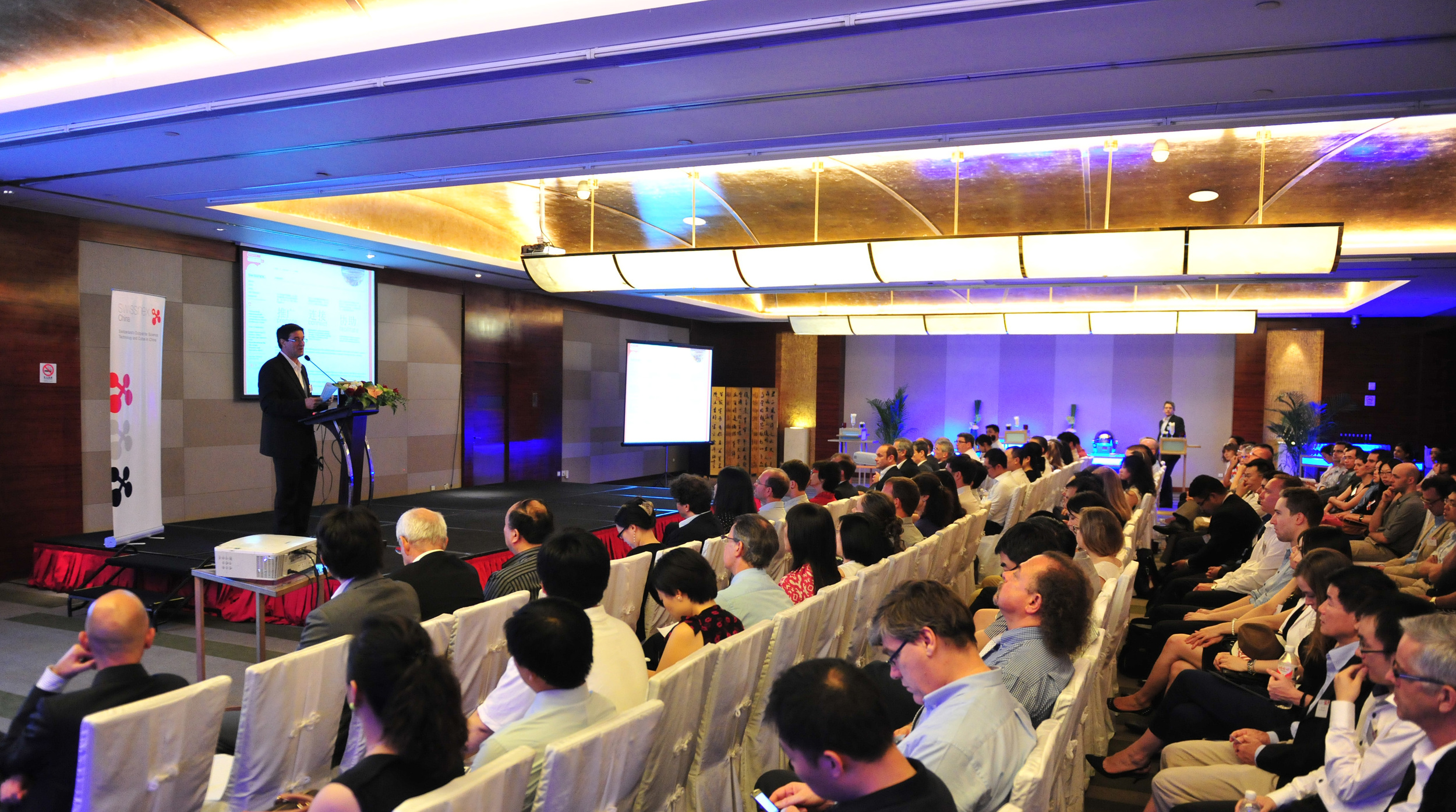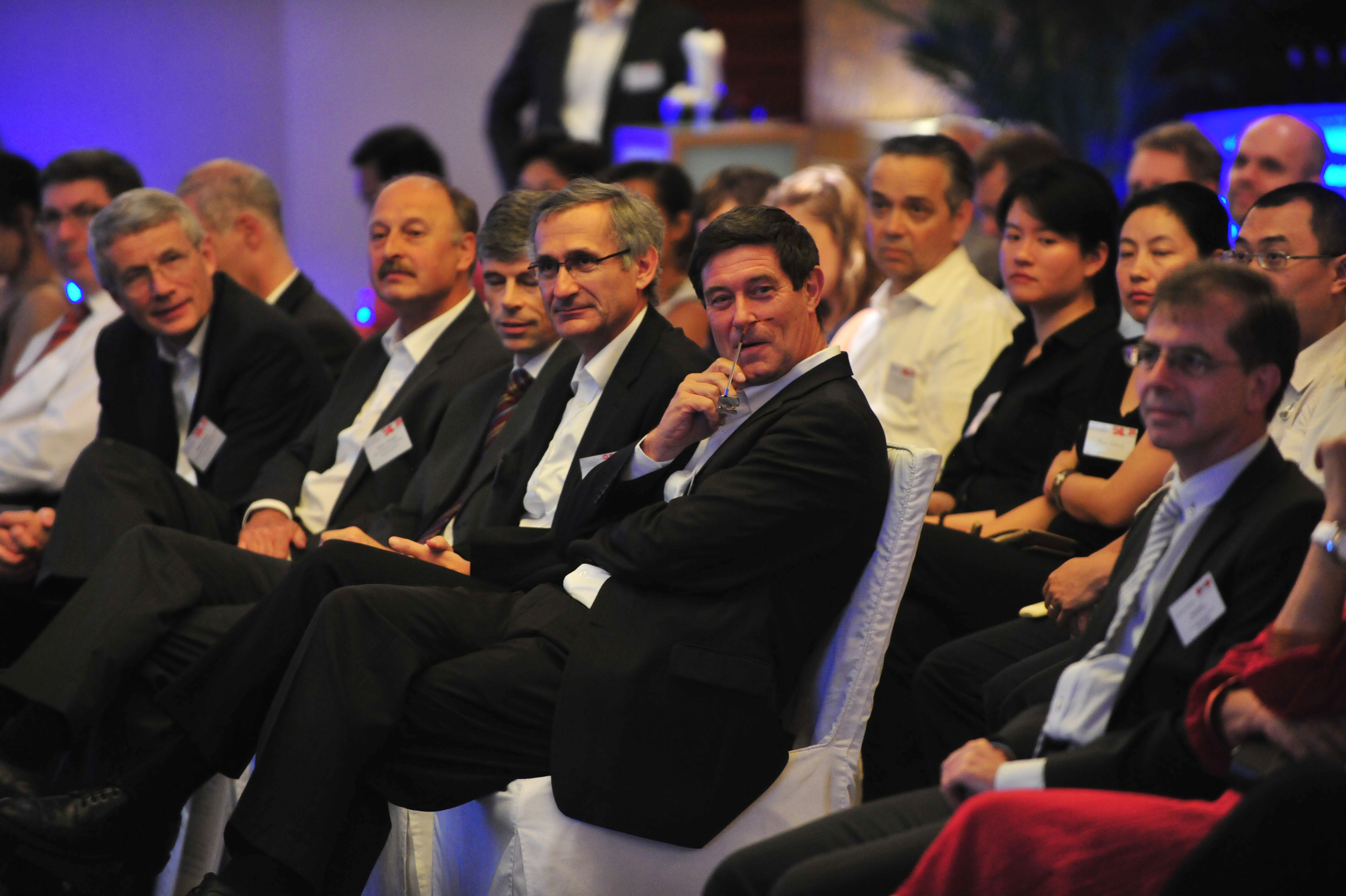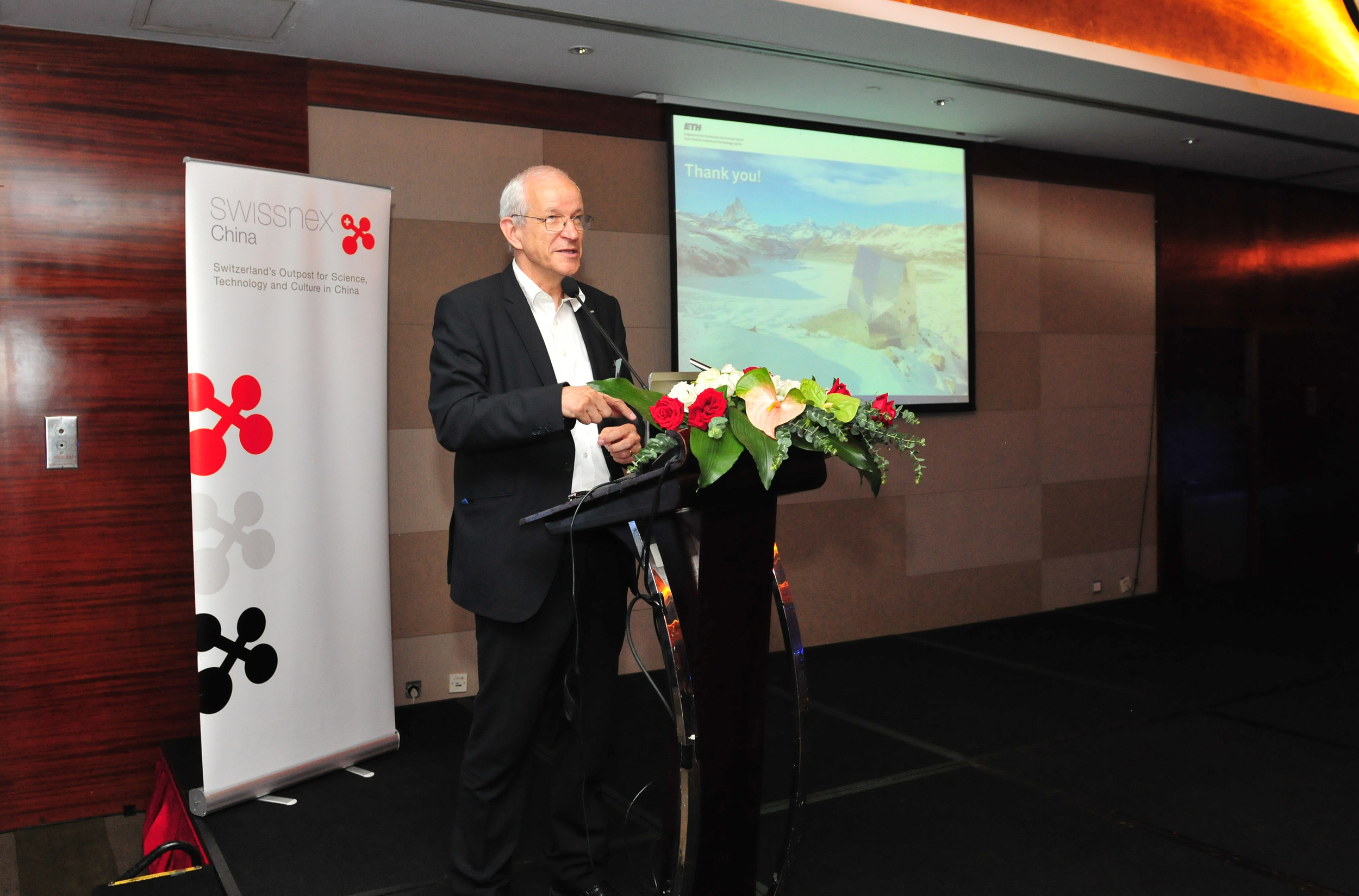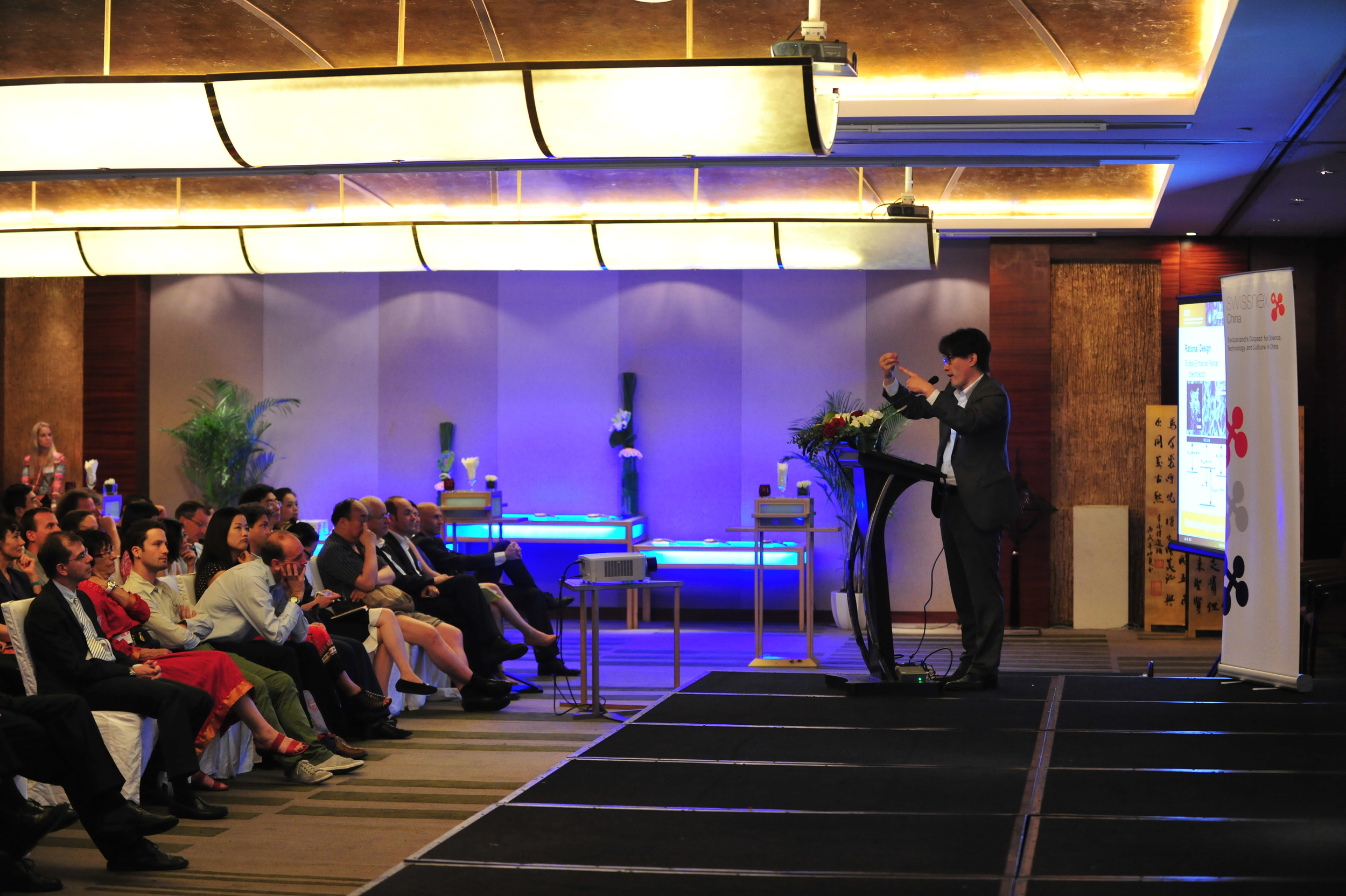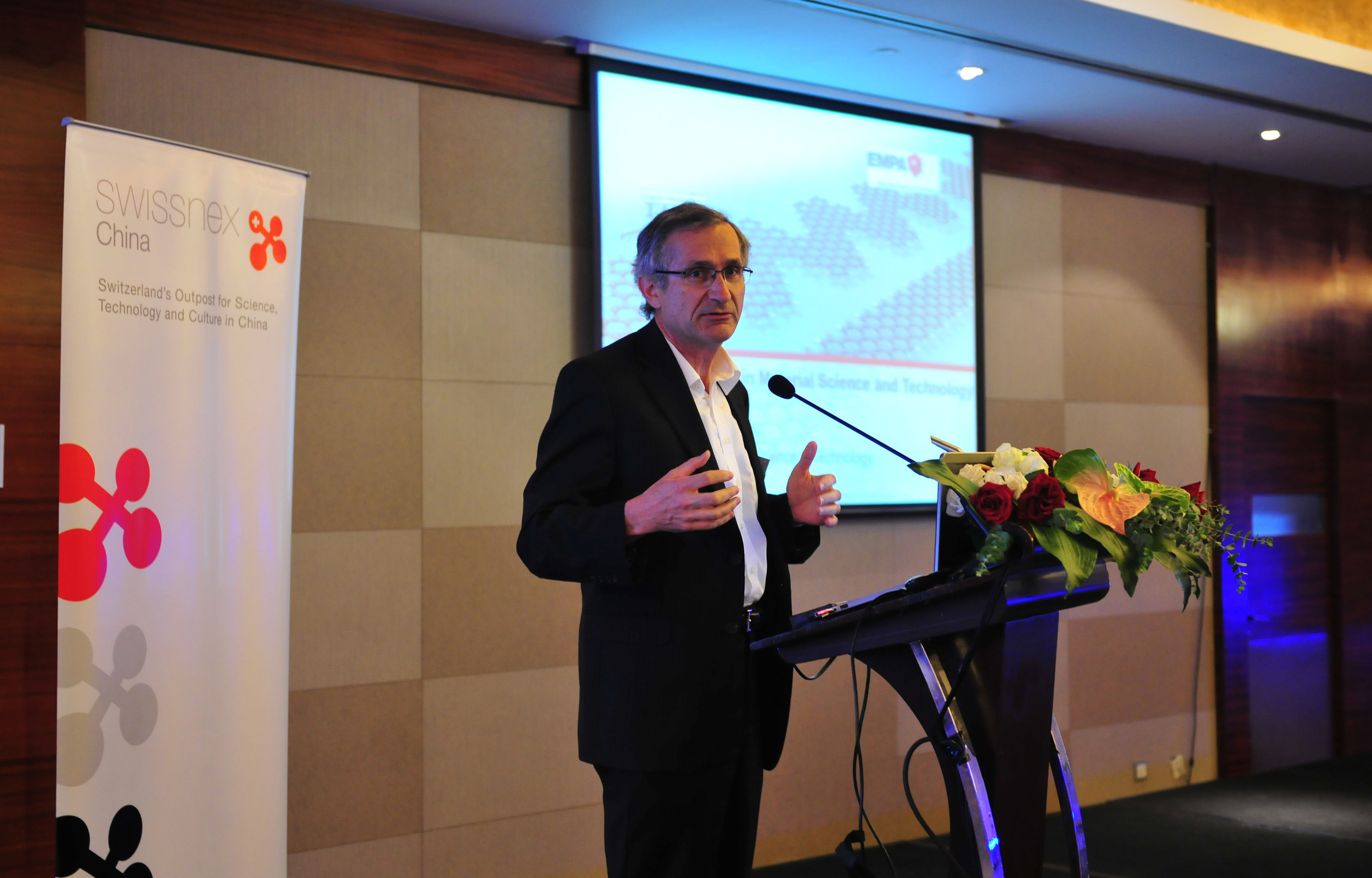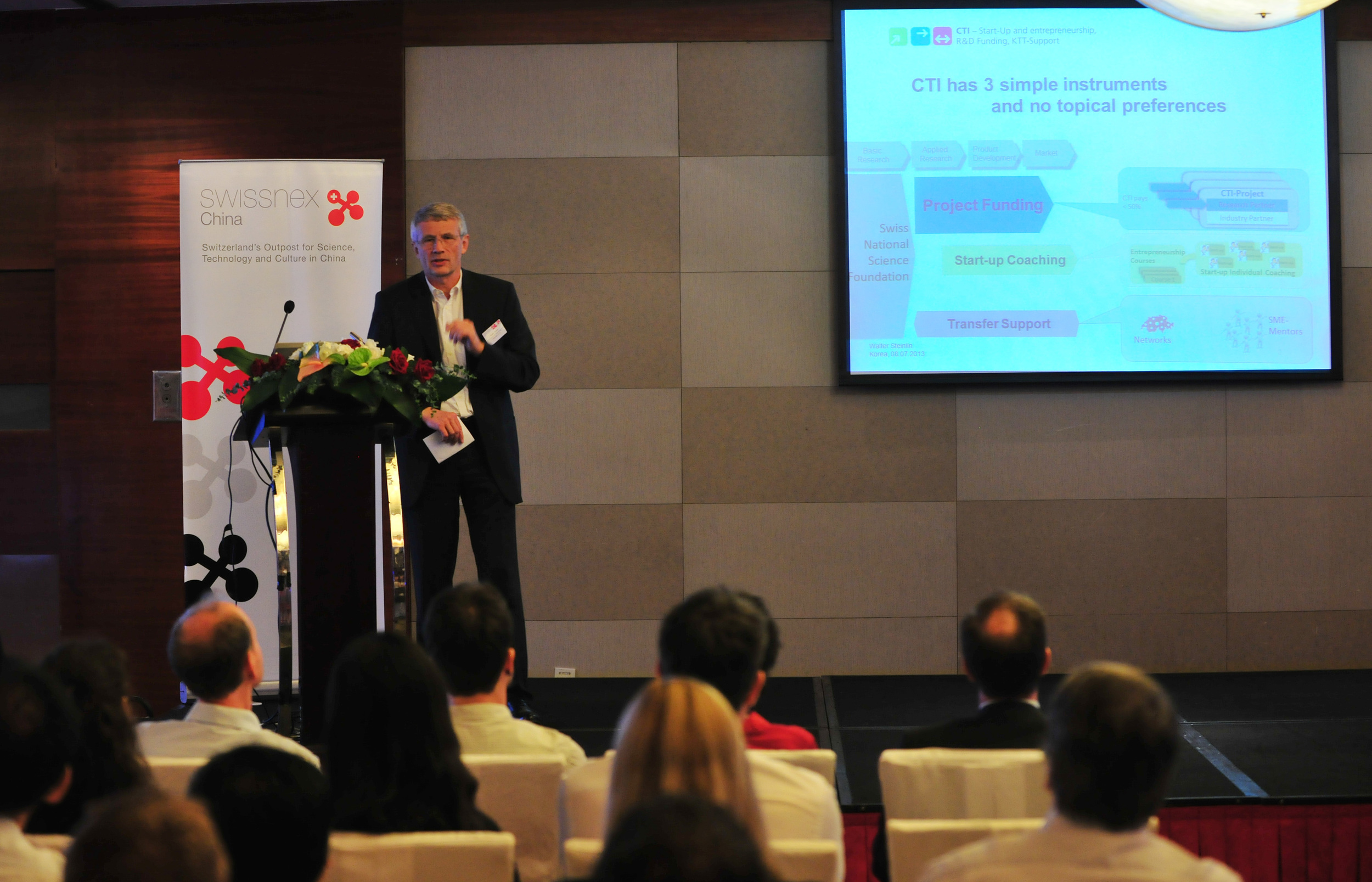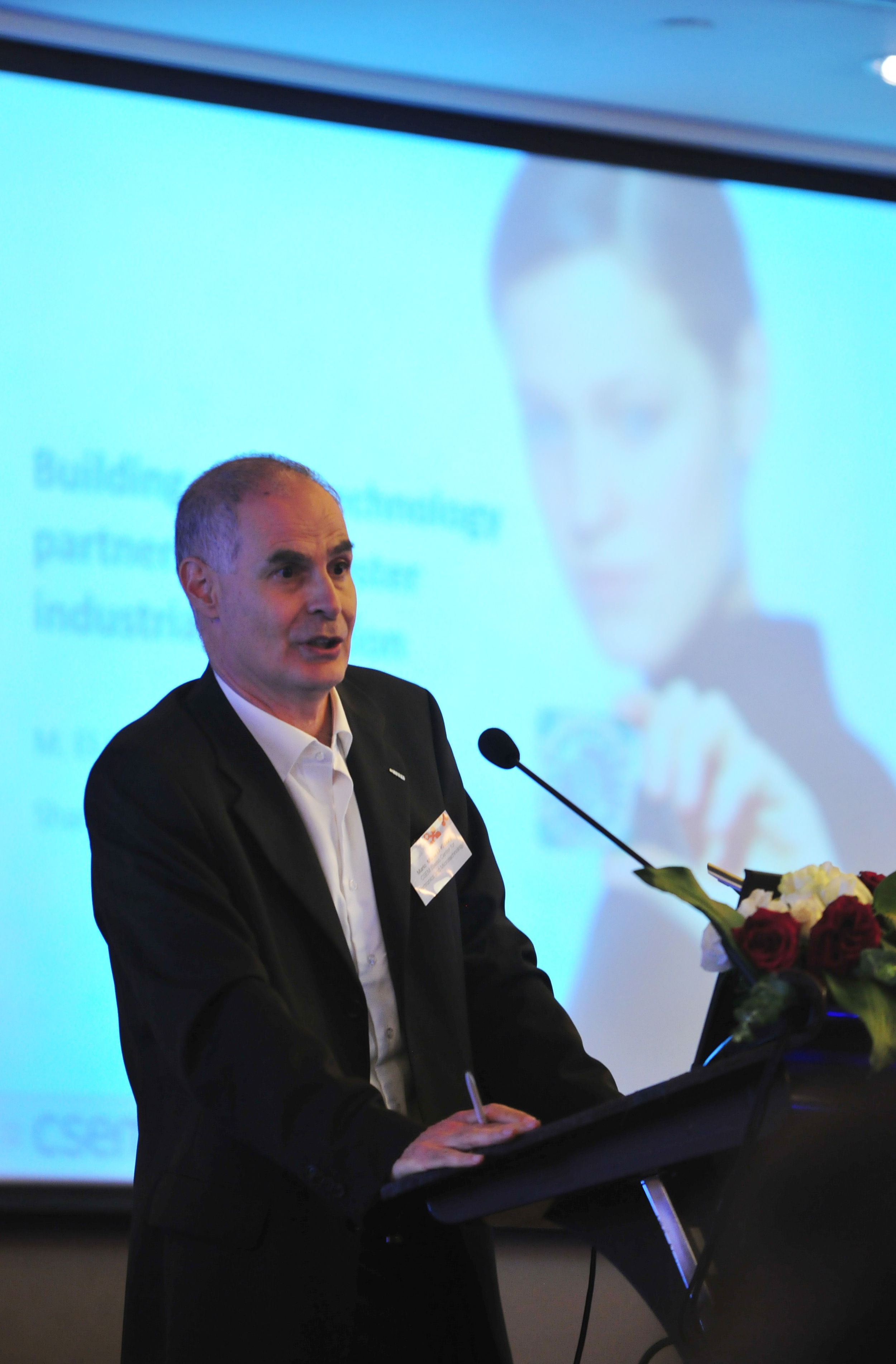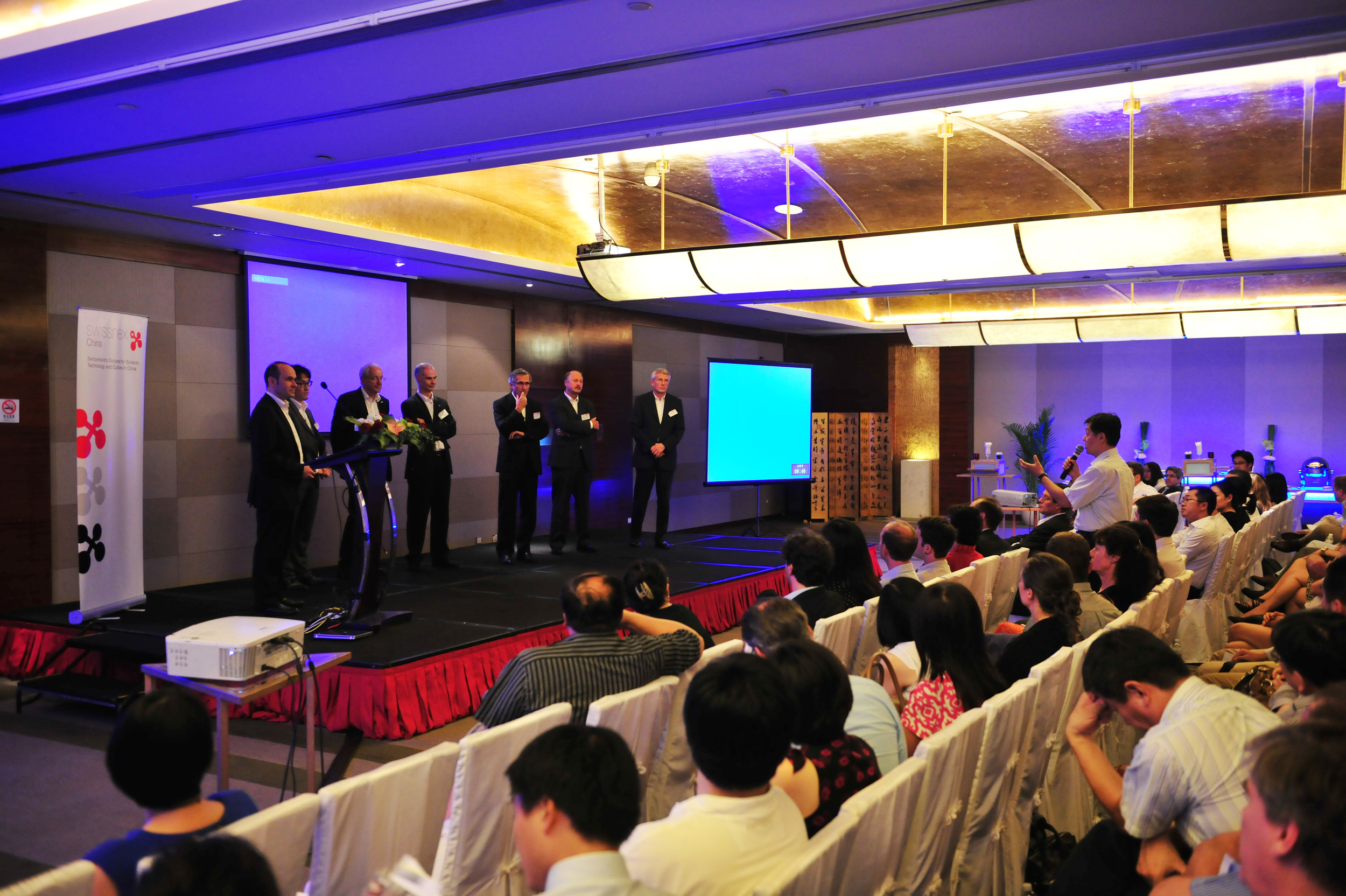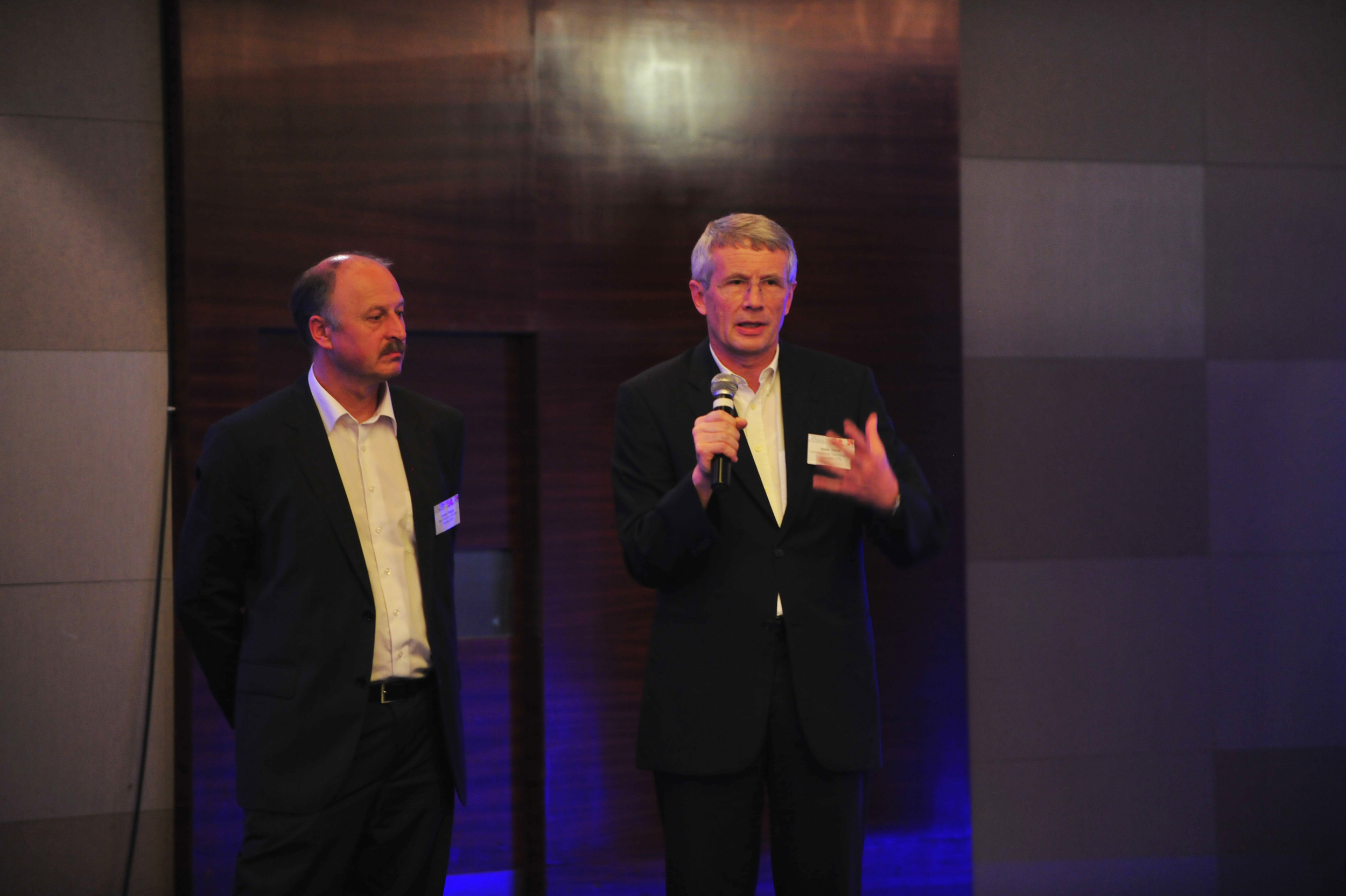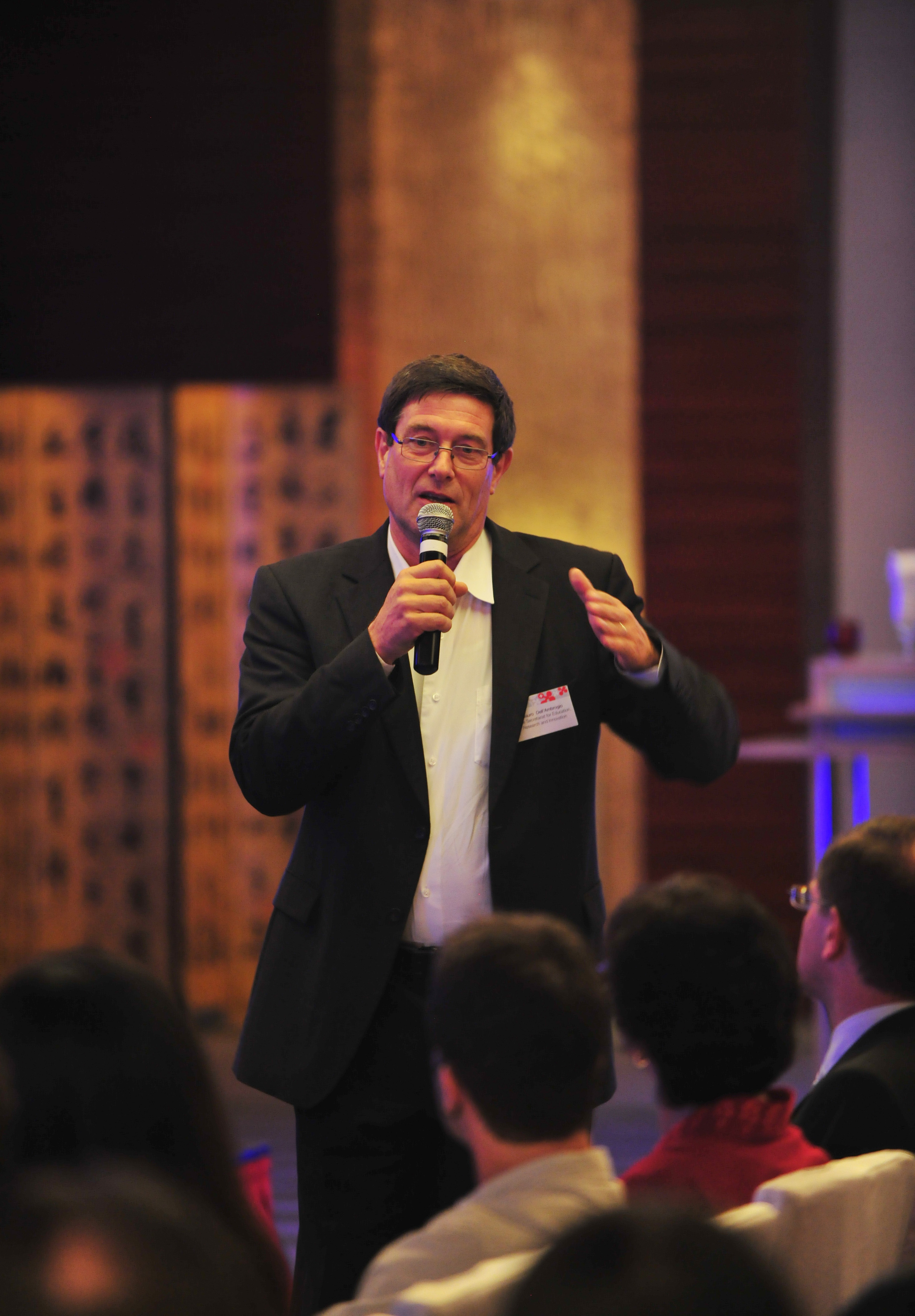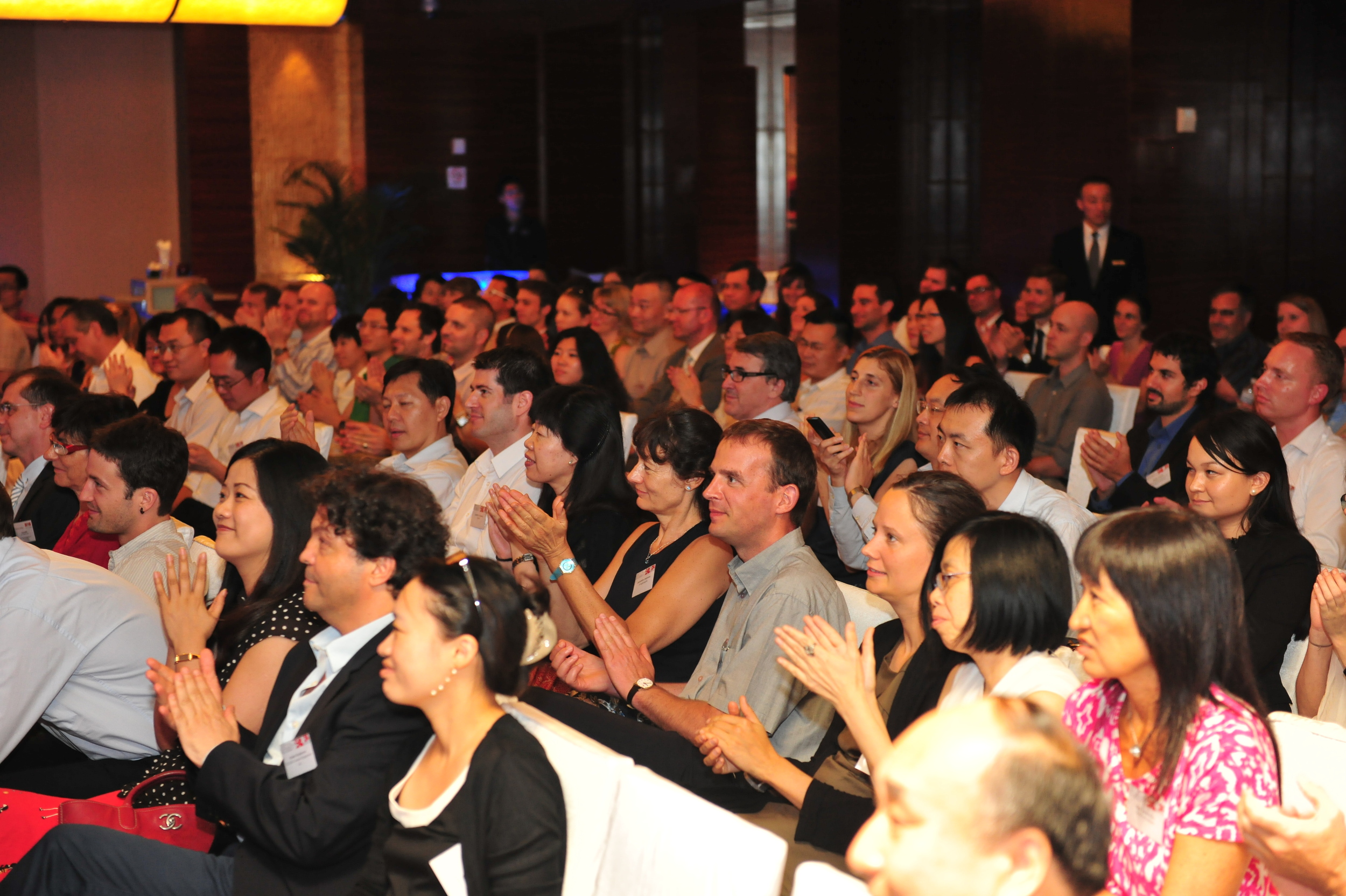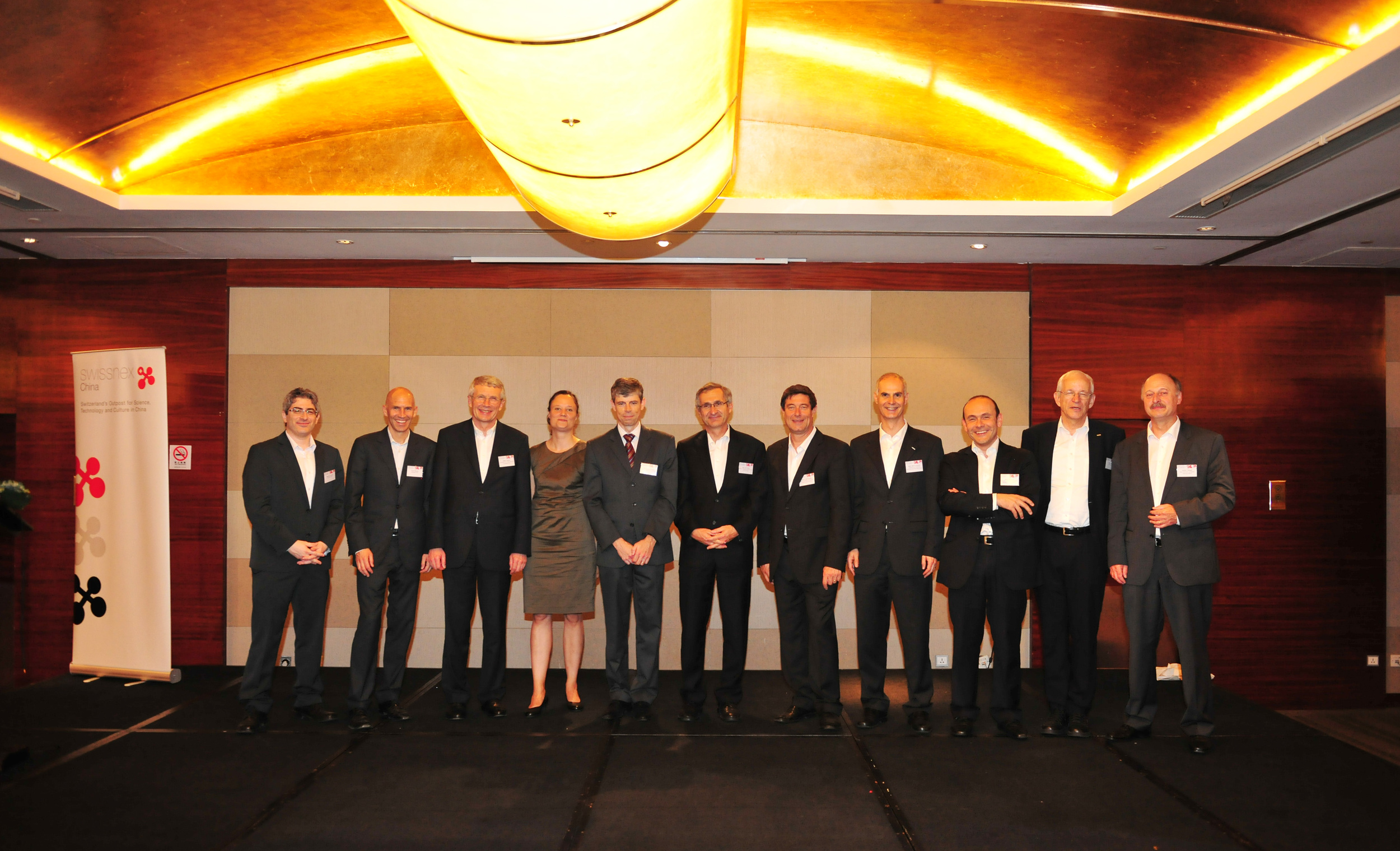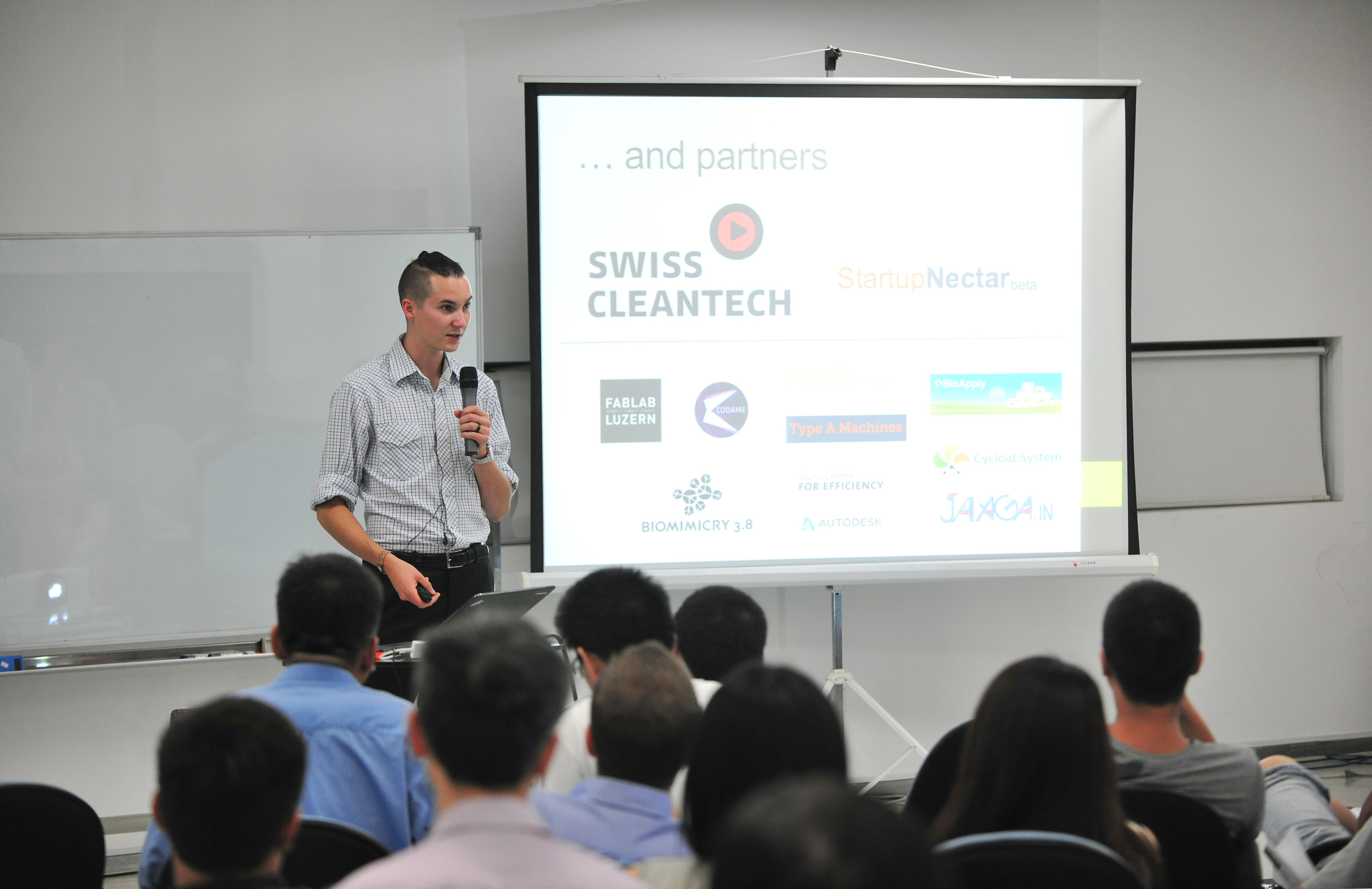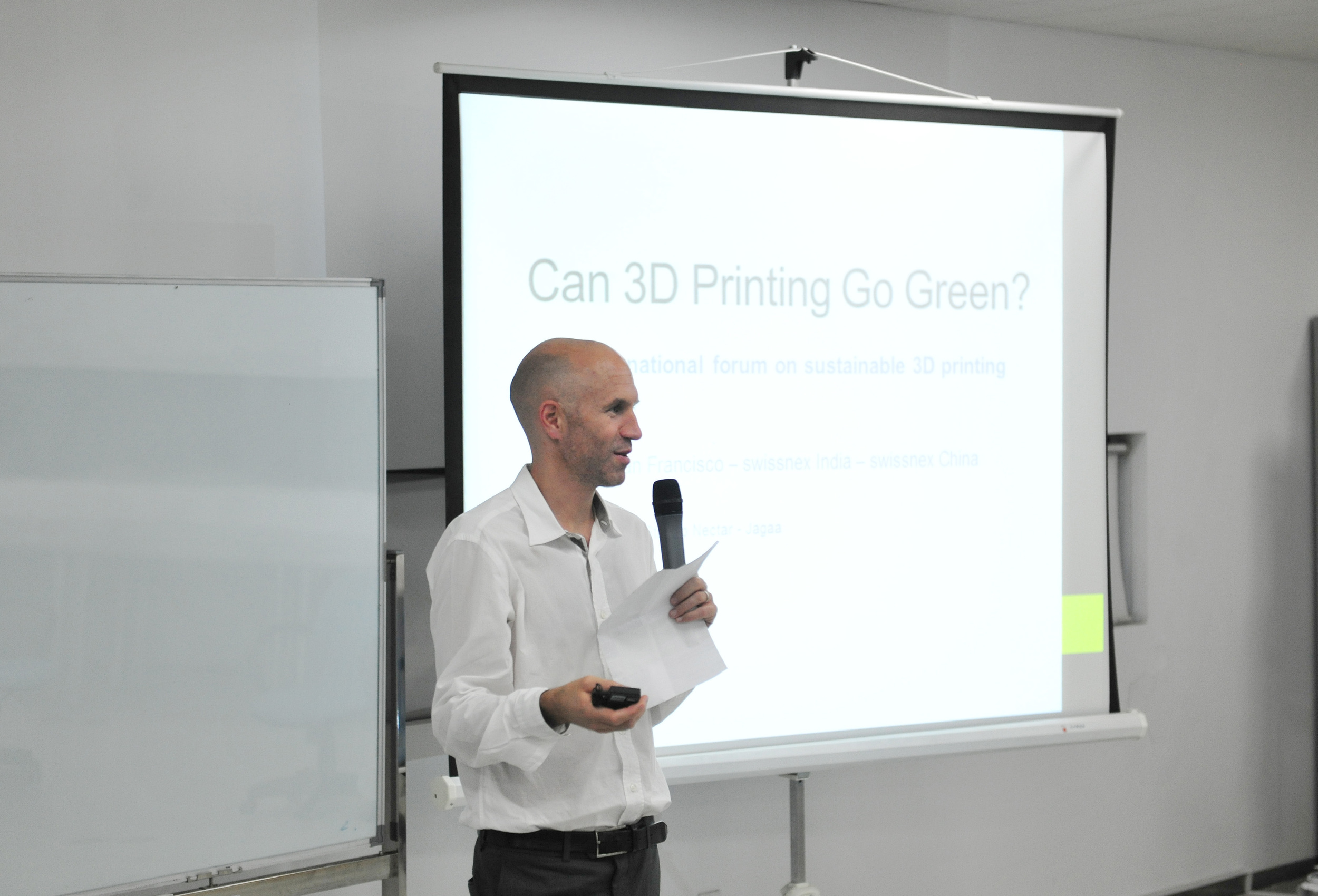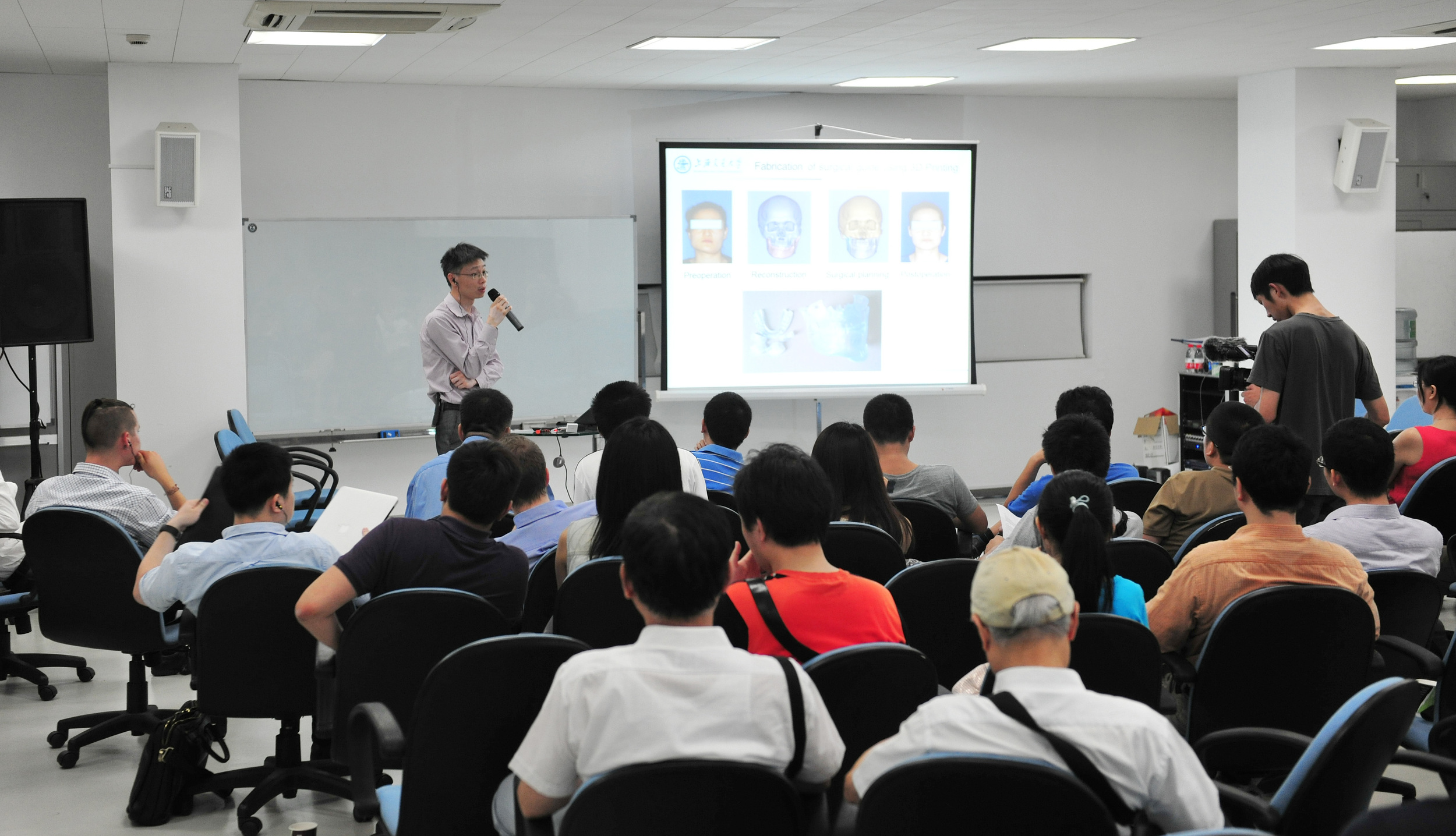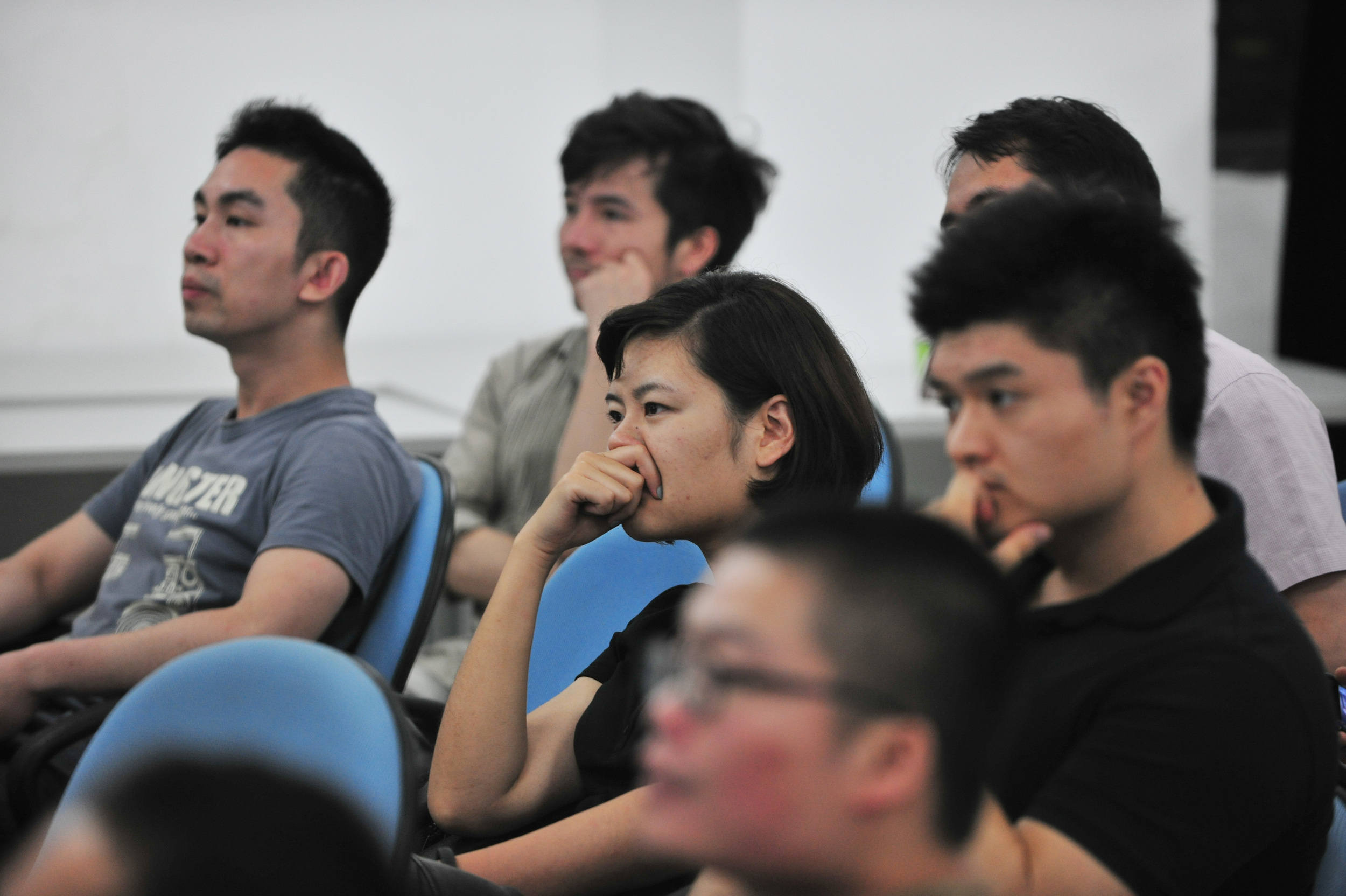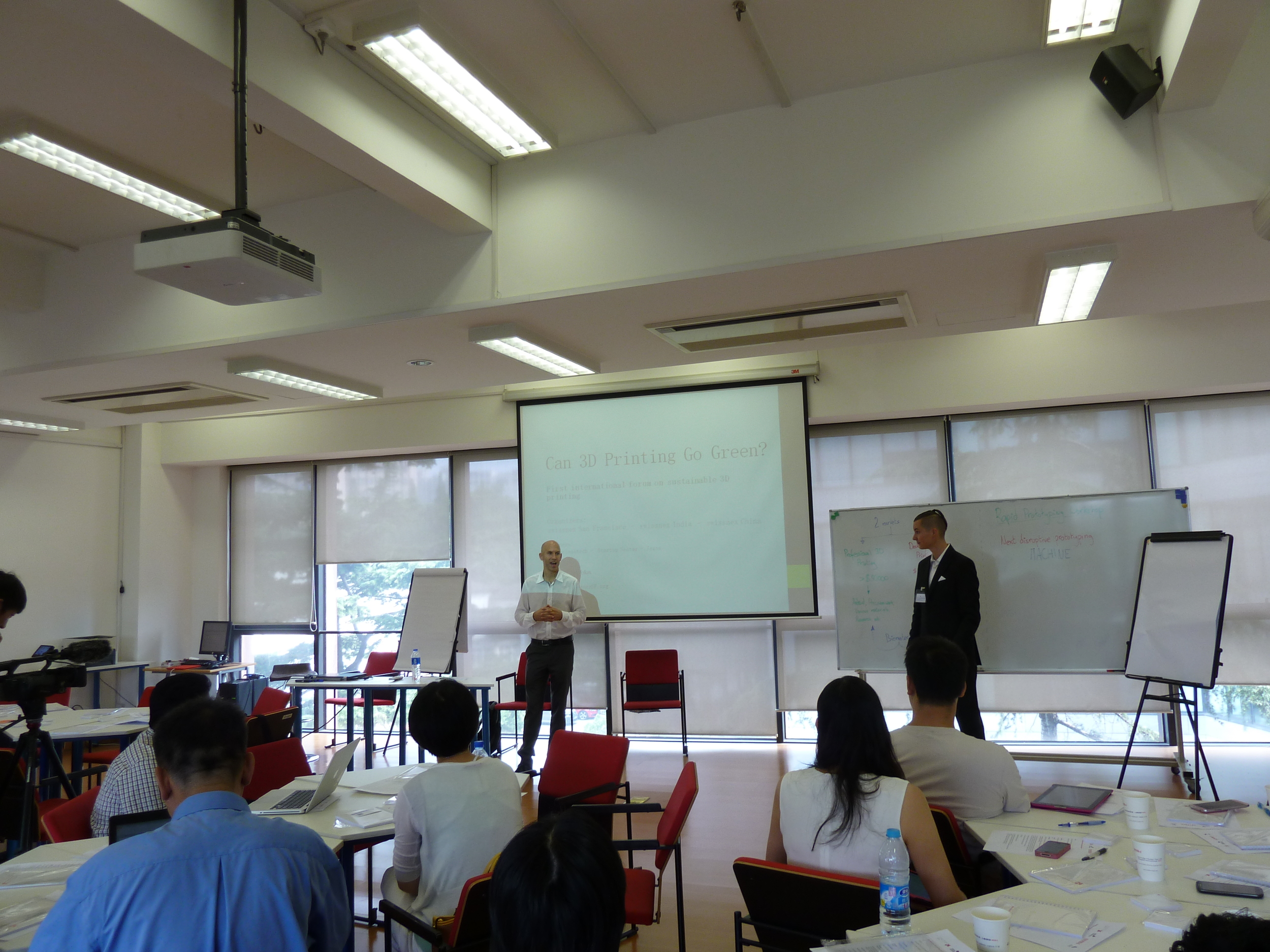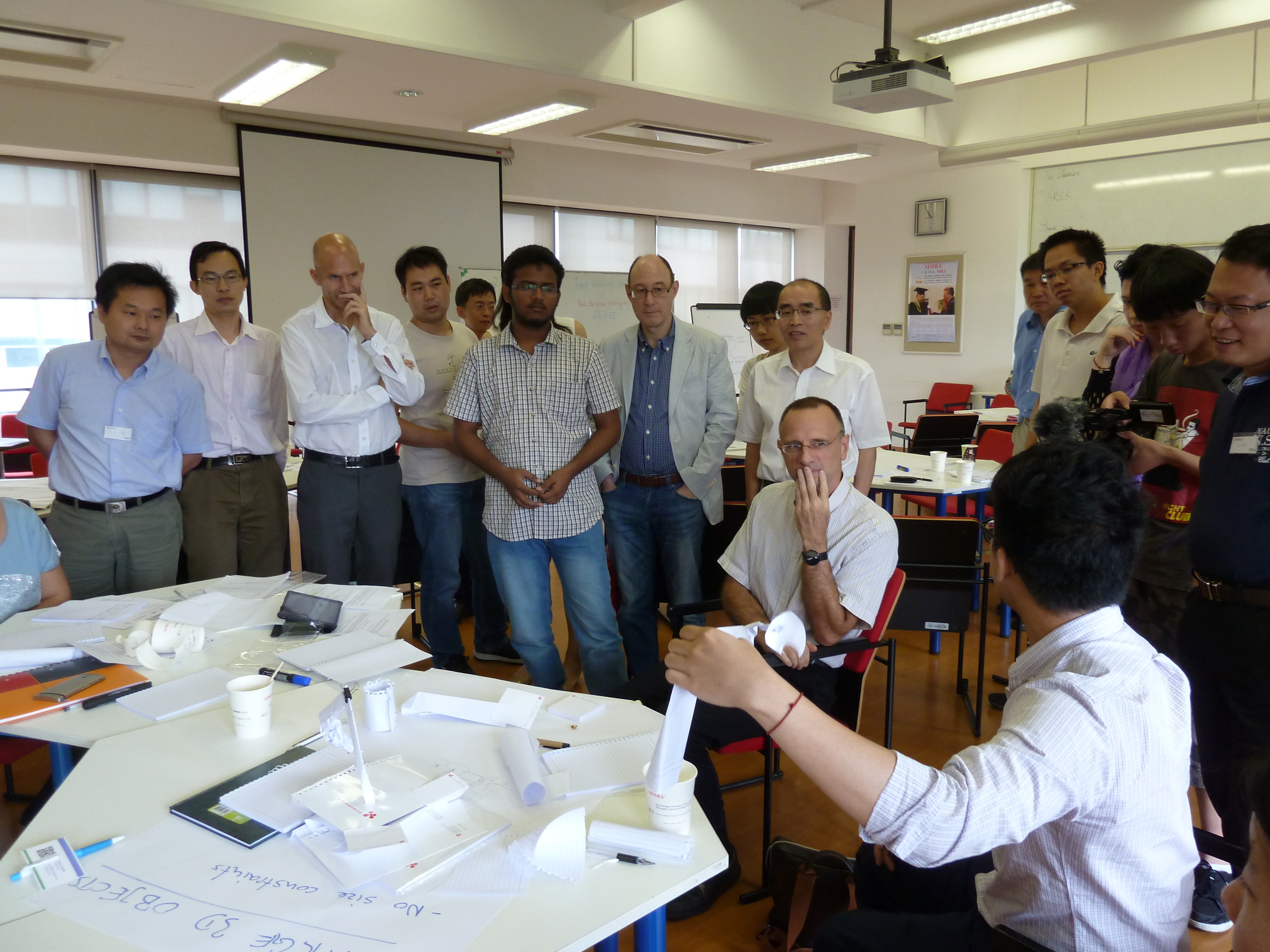Business
incubators have grown very fast in China during the past years. Figure 1 shows
the corresponding data from the year of 2012. It can be seen that in total 1239
business incubators have been developed. Compared to the data in the year of 2000
(only 164), it is really a big step forward. Now these incubators support
around 70,000 enterprises, which have about 1.43 million employees and take up
almost 43 million m2 building area. The sum of revenue achieved by
these enterprises is up to 490 billion CNY. In China, most business incubators
are developed directly by government or universities. They guide opportunities
and new ideas not only for start-ups but also for large scale companies. In
addition, the form of these incubators is becoming more and more diverse, and as
a contrast their functions are moving toward high specialization. Although the
scale of business incubators has been developed rapidly, it is still worth
noting that most of these incubators locate at the eastern part of China, where
many fast developing cities locate and the economic environment is still much
better than the western parts. Therefore, the effect of radiation from these
incubators to the whole country is relatively limited.
Tongji
University Incubator
To
gain an insight to the Chinese University Incubator, the Tongji Unversity
Incubator based in Shanghai area is taken as an example.
Tongji
University, located in Shanghai, is one of the oldest and most prestigious
universities in China. Among its
various departments, it is especially highly ranked in engineering science. The
architecture, urban planning and civil engineering departments have
consistently ranked first in China for decades. The automotive engineering,
oceanography, environmental science, software engineering and German language
departments are also ones of the best domestically. Tongji University is not
only famous for its achievements in scientific research, but also is recognized
highly by its contribution to the social economy. For example, cooperating with
the Shanghai government, it has developed the knowledge and economy circle
since the year of 2005, which is centered on the university. The output value
created by the corresponding enterprises increases from the initial 3 billion
CNY to about 18 billion CNY in 2011. Tongji University plays an important role
in the knowledge innovation and industry upgrading during the past years.
Shanghai
Tongji Science and Technology Incubator Ltd. was founded in December of 2003
with a registered capital of 8 million CNY. It now locates in the Chifeng Road
South Campus of Tongji University, having more than 700 registered companies
and around 20,000 m2 official area. As a business incubator, it not
only supplies basic offices for the young enterprises but also supports these
companies with government registration, financial support and consulting
services on taxation, science and technology, etc. During the past years,
Tongji incubator has gradually established its professional incubator services
platform and improved its existing enterprise services working mechanism,
aiming to create the best environment for the incubation and growth of new
companies. It has particularly put effort in supporting new entrepreneurships
established by the graduated students. In addition, the internal management and
control of the incubator is also becoming mature, which passed the Quality
System Certification ISO90012008 in the April of 2010. It can be believed that
in the future Tongji incubator will continue playing a significant role in technology
transfer, supporting innovation and entrepreneurship and job creation.
Tongji
incubator is open to all industry sectors. 37% of the tenant companies have
their focus on modern design. This can be traced back to the strength of Tongji
University in architecture and design. Electronics and Information Technology
represents the second largest group, which is followed by advanced
manufacturing, environmental protection, and renewable energy & energy
saving.


















